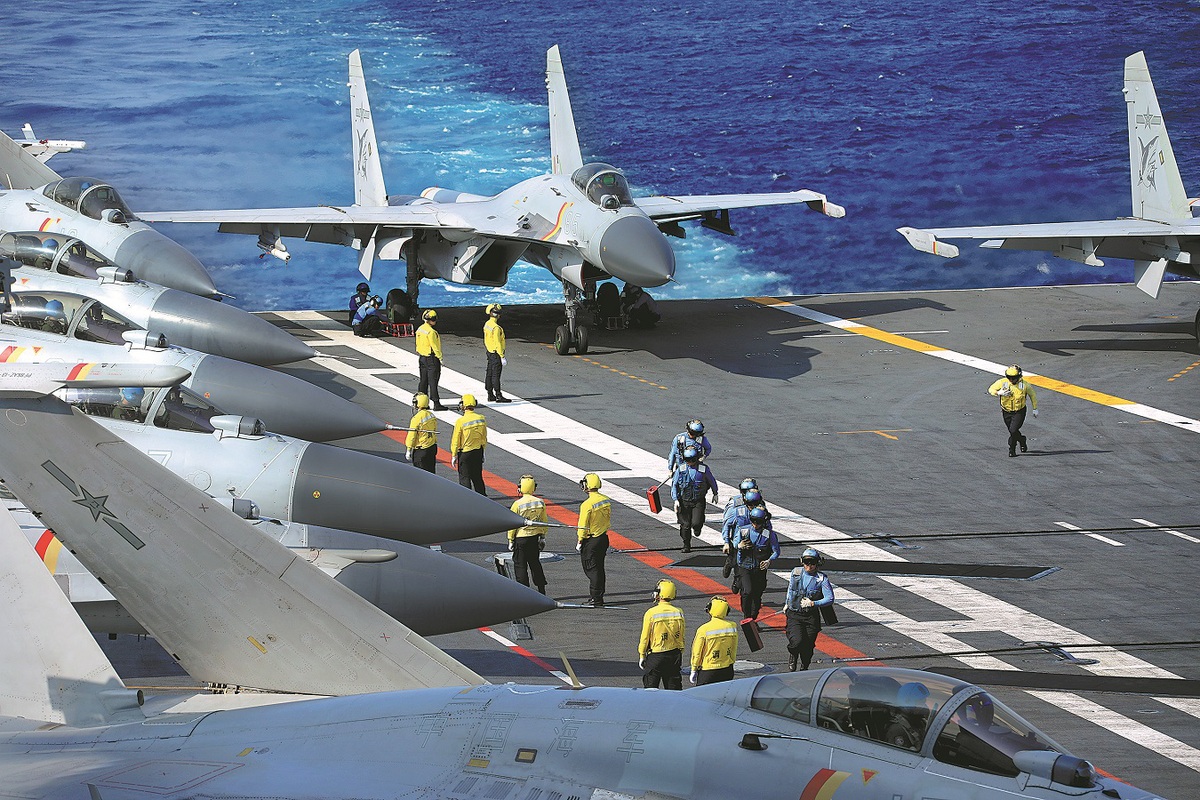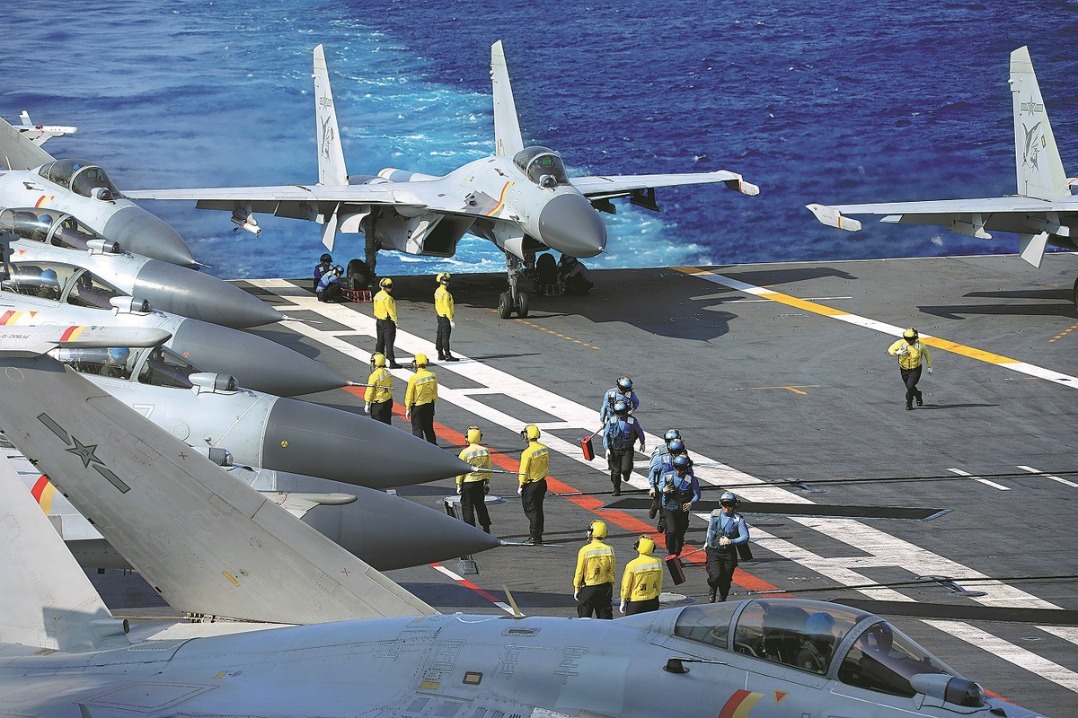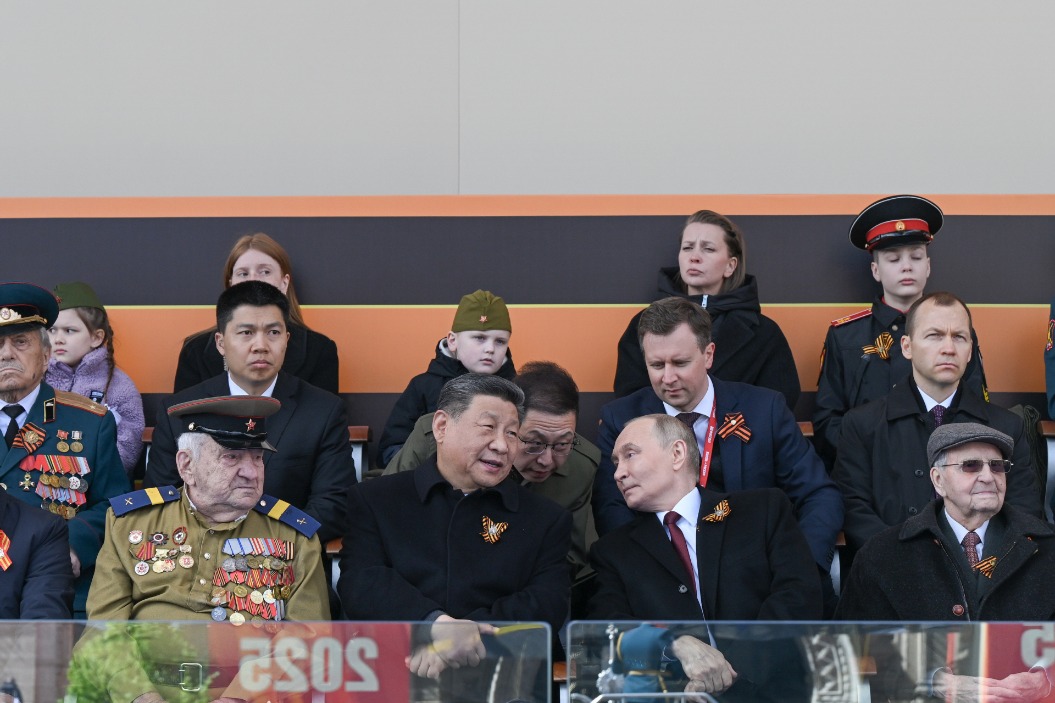New stealth fighter jet to play 'crucial role' in nation's defense
Project leader of J-35A says aircraft will detect 'hostile objects', strengthen network


Carrier-borne jet
After returning to the general design team, Wang was mainly tasked with making plans and conducting pre-research for next-generation fighter jets.
"I participated in the research and development of some upgraded variants of old aircraft types. But my major duties were related to the conceptual research of my institute's next-generation products: a carrier-borne fighter jet and a fifth-generation combat plane," he said, adding preliminary research of both types had started one by one.
As the research advanced and the teams became bigger, Wang became a competent, successful team leader and moved up through the ranks. In his late 30s, he was promoted to deputy chief designer at the institute.
Both the fifth-generation and carrier-borne jets were new and quite challenging to Chinese aviation designers at the time, and it was understandable that Wang soon found he was too busy to oversee both projects.
He was asked to make a choice and decided to focus all of his attention on the carrier-borne fighter jet that was later named the J-15 and is now the spearhead of China's carrier strike groups.
Wang said he found designing a carrier-borne jet to be more challenging and intriguing. "So many technologies and components were new to me, and a lot of operational patterns (of carrier-borne jets) were totally different from those used by land-based planes. Designing such a jet was so much fun!" he said.
Wang was appointed executive deputy chief designer of the J-15, which exposed him to a long list of challenges and difficulties. Almost at the same time, he was promoted to the institute's chief designer.























